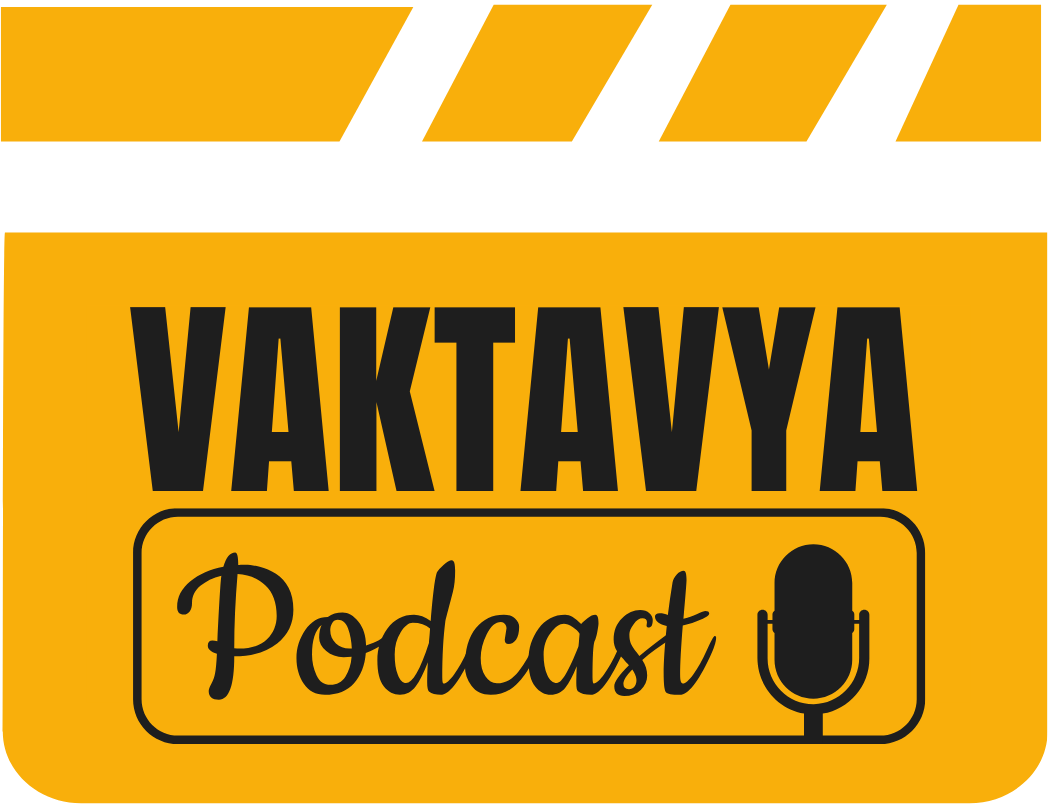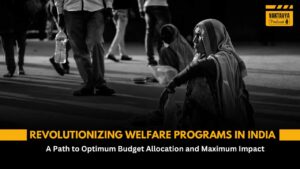Background
Early 2000s have seen an explosion in social welfare programs worldwide. This process of welfare state expansion in the past two three decades has been described as a “quiet revolution” (Barrientos & Hulme, 2009, p. 440) and India is no exception to it. India has always been a welfare state because of its socialist and democratic nature. Social welfare and democracy are interrelated in their pursuit of creating a just, inclusive, and equitable society. Democracy is justified only when it can take into account the development of all the subjects including marginalized sections.
The sudden expansion of social welfare programs in India started with the populist welfare program, NREGA in 2005 followed up with the National Food Security Bill in 2013. From 2005 till now India has seen a surge in welfare programs by central as well as state governments. It is important to note here that the increase in social welfare programs is also because of the ability of governments to fund these programs due to enhanced fiscal capacity of our economy. The increase in welfare programs serves not only the purpose of establishing a fair society but is also significantly driven by electoral competition. Every transition in power is seeing further increase in the social welfare programs. The electoral competition is so high that every party wants to expand the coverage of social programs. India has ushered into a new era of welfarism where the focus is more on tangible benefits to citizens which can in turn increase the electoral base. Stipulating a program that has wider coverage and ensuring that it is delivered without major exclusion errors and fiscal burden is increasingly becoming the key to success in this clientelism.
Thus, welfare programs have become the focal point of the election strategy as the voters are wooed majorly by it. Use of technology has furthered this welfare politics. But the spend on tangible welfare goods is not achieving the desired results and draining the public finances that could have been used for fundamental policy initiatives.
Farmer suicides have crossed 10K last year and it is increasing @10% annually.
195 million people are undernourished, and every second child is undernourished.
24 Lac people are homeless in Urban area alone, one third increase since 2011.
Construction workers rarely get the benefit of social protection schemes though they have dedicated fund collected in the forms of cess.
We as a nation are still lacking behind in core developmental areas such as education, healthcare and employment. Electoral rivalry and the intention to influence elections through such customized initiatives add complexity as these programs may eventually become redundant or can have overlap with existing programs. This leads to misuse of resources as these populist welfare measures cannot be pulled out even if they lose their relevance and purpose.
Way Forward – Optimum Budget Maximum Votes
The RBI warned in June 2022 that “new sources of risks have emerged in the form of rising expenditure on non-merit freebies, expanding contingent liabilities, and the ballooning overdue of DISCOMs. (https://www.orfonline.org/research/freebies-and-welfare-schemes/#_edn82)
Above discussion has underlined the relevance of welfare programs with respect to the huge poor population of India and its clientelism politics. What needs to be thought of rolling such welfare programs in a way where the budget can be used effectively with maximum coverage and maximum benefit to people. Currently, there are two approaches being followed in planning and execution of the welfare programs. These can be also categorized pre DBT method and post DBT method. In both the approaches there is limitation of budget available for spend. Actual gap in the available budget and verified and eligible beneficiary is of the order of 100%. Following are the approaches.
Application based welfare delivery
This approach can be understood with Karnataka (5 Promises in assembly election 2023) in reference and India in general before 2014. Here the beneficiary has to apply for the welfare program. This approach comes inherent with a twofold barrier to the beneficiary who is the voter. The first barrier is application itself; digital or physical. It acts as an entry barrier for the number of incoming applications as the beneficiary might not know the exact process to apply and may not have the access to the application interface. The people who usually get excluded from social protection are usually the one who need it most. Second barrier gets created at the bureaucratic level while processing the application. This eventually leads to dissatisfaction to the voter (beneficiary) as he/she is not getting what was promised against his/her vote. This also allows corruption to seep in because of a lot of ambiguity in the process.
Database based welfare delivery
This is the latest approach of welfare delivery adopted by the central government in its flagship programmes. Here the beneficiary is auto enrolled in the welfare program from some existing database. The government introduces a welfare program based on the data points that are available in any of the government databases. This gives a fair estimate of the number of beneficiaries(voters) that can be targeted. The budget is assigned afterwards. Eg. PM Kisan Samman Yojana. In this case, the land record database was readily available. This could lead to faster roll out of the benefits. What was realized later was that the data with the government was of farmers who are landowners while the poor agri labour who needed this money more were non-existent in this database.
This benefit delivery model has shown proven success as it is broadly free from bureaucratic manipulation and beneficiary(voter), if available in the database, will get the benefit directly into the account in a very time bound manner.
The challenge in this approach is the poor configuration of welfare program which is done to tailor fit to the available data points. Another is expiry time for any demographic datapoint. Survey based demographic databases become redundant over a period of 2-3 years. Also, majorly these databases are being built by collecting the data on ground by enumerators which is error prone and can be corrupted. Last but not the least is the cumbersome process for registration of the eligible beneficiaries whose record does not exist in the available database.
Solution: The new model of benefit delivery
The lacunas of the above approaches can be filled by astute amalgamation of AI and rural/urban local bodies. This approach needs to be more democratic as currently it is being institutionalized in a very centralized way. Dependency on existing databases or creation of a correct new database can be eliminated by empowering Panchayats. This move will strengthen the Panchayats and Panchayati Raj Institutions. Welfare programs can be designed afresh as per the needs of the beneficiary and available budget. Further to this, a deprivation score should be calculated to assess the number of needy people. This deprivation score can be calibrated on a run time basis. Eligible applicant’s data points can be verified with the help of available databases. Data Points that are missing in the available database against a beneficiary can be introduced by the local bodies with/without the approval from the bureaucracy. The decision to introduce the beneficiary or missing data point against the beneficiary should be taken in Gram Sabhas. These Gram Sabhas should be conducted frequently with video recordings. The video recording should be submitted on a quarterly basis for audit purposes.
While designing the welfare program, needs of the beneficiary and local demographics should be considered apart from the available budget. A base deprivation score should be proposed for all the beneficiaries based on the real time data from the beneficiary. Eligible applications above the base deprivation score should be accepted for benefit delivery. The base deprivation score can be calibrated on a run time basis. Once the program has reached its planned number of beneficiaries it should be discontinued for further applications.
The entry barrier to application shall be removed by democratizing the channels through which a beneficiary can apply. There can be four possible channels through which a beneficiary can apply; Self-service, assisted by friends and family, CSC, and Enumerator (NGO or social worker on ground).
The current spend has gone above 20 lakh crores in this fiscal year. Still, the benefits are not reaching where these interventions are needed most. Dissatisfaction is running high in the taxpayer segment of society. The introduction of welfare programs which are designed and implemented keeping in mind the burden on the public exchequer and all sections of society will create a win-win story for India.



